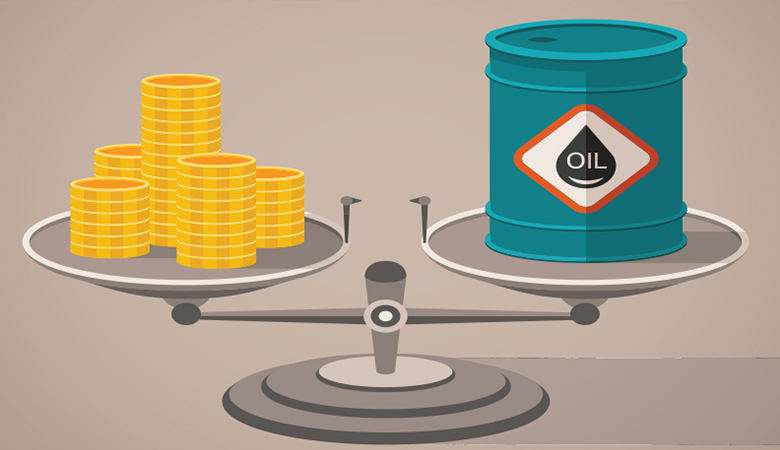November 2015 Vol. 70 No. 11
Editor's Log
Pipelines: Predicting The Unpredictable

 by Robert Carpenter, Editor In Chief
by Robert Carpenter, Editor In Chief
First, the bad news.
It’s been about 17 months since oil and gas prices started their freefall. Prices for oil seem to have stabilized – for now – while natural gas remains in flux. But reports of dramatic oversupply, historic storage levels, poor international economic performance and OPEC’s intransigent stand in the sand to maintain market share, have kept the energy industry mired in a dismal present with short-term optimism waning.
Early in 2015, the market was flooded with “rainbows and unicorns” market analyses that U.S. production would bottom out by early summer, effectively erasing market surpluses; or that world-wide economies would begin growth patterns also absorbing excess supply; or a number of other shaky theories on why oil and gas prices would rebound to the mid $60s or even $80s by the end of 2015. Thus, the justification for booming pipeline constructions markets in 2016.
Having been through decades of energy highs and lows, I had trouble with such rosy projections. Underlining factors were just too weak which led to my steadfast conclusion that it would be at least 2017 (maybe longer) before significant improvements would resuscitate the energy and pipeline markets.
Globally, many countries have slid back into recession mode (remember the continuing woes of Greece, Italy, Spain, etc.) The China bubble has burst and that country’s amazing double-digit growth rate has finally ended, falling dramatically.
The U.S. was essentially the economic driver for the world but as the shale market slammed on the brakes, economic expansion and jobs creation largely ended. The Obama administration continues to try and paint an optimistic picture of the U.S. economy that minimizes the impact of energy. But the fact remains that the growth the U.S. has experienced the past five years was primarily due to energy. What an oxymoron: an administration that detests all carbon-based energy and has done much to stunt its growth is learning the hard way just how important that market has been for the U.S. economy.
Now, the good news.
Though still adamant about maintaining market share, Saudi is finding itself on the hot seat. The budget deficit they predicted due to lower prices has almost doubled as prices fell faster and deeper than even Saudi anticipated. These same low prices are putting tremendous pressure on other OPEC countries that don’t have the cash surplus of a Saudi Arabia. They rely on oil and gas revenue to meet their budget needs and that is not happening. Though not an OPEC member, count Russia as among the countries that need a dramatic rise in the price of oil and gas to pull themselves out of an economic malaise.
On this side of the Atlantic, the nimble nature of shale oil/gas has seen very rapid contraction of that market. Reports in late October are beginning to reflect vast quantities of oil and gas going offline which ultimately will lead to a draw-down on storage.
Worldwide, China is taking harsh steps to stabilize their economy. It will be a new dynamic as the days of China’s out-of-control growth are most likely over, but ultimately the world will adjust. A more realistic growth rate should also facilitate a more defined and steady energy consumption. Iran’s ability to bring its oil back up to productions quotas is proving to be more challenging and slow than previously believed.
The term “glut” to define the amount of excess oil used by many mainstream media types and prognosticators is a bit of a misnomer. The “glut” is only about 2 percent of current supply. That 2 percent could disappear in the blink of an eye. Libya’s stability seems short-lived. While sad for the people of Libya, another pipeline being blown-up would send a scare into Wall Street. A slight increase in economic activities in a few key countries would draw down the oil surplus quickly. It wouldn’t take much for the 2 percent surplus to flip to a deficit.
Gas is experiencing its own oversupply issues. But natural gas is a growth market – particularly in the U.S., the world’s top consumer.
The pipeline market probably will not see much growth in 2016 but will remain steady. There are enough projects on the books going forward and new pipelines coming to fruition to keep that market stable.
How long the lull will continue is impossible to predict, but I’d be banking on at least a moderate rebound sooner rather than later. After all, 2 percent isn’t much of a glut.




Comments